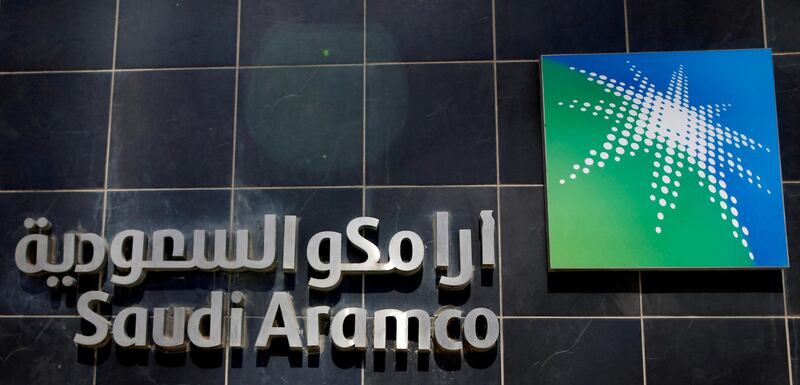Saudi Aramco, the world's biggest oil producing company, increased export capacity from its western coast by three million barrels per day after rehabilitation of its Yanbu South Terminal.
The terminal located south of the industrial city of Yanbu on the Red Sea consists of a tank farm and offshore facilities to receive, store and load Arabian Light and Arabian Super Light crude grades, the company said on Wednesday.
Aramco, which produces and sells oil on behalf of the Saudi state, accounts for nearly 12.9 per cent of global crude production. The addition of export capacities along its Red Sea-facing coast comes amid efforts by the kingdom to find alternative routes to the congested Strait of Hormuz in the Arabian Gulf to get its oil to market. Saudi Aramco last year announced plans to revamp its Muajjiz crude oil terminal, also on the Red Sea coast, to boost export capacity to 15 million bpd. Aramco’s current export capacity is at 12.5 million bpd, according to an Aramco spokesman.
____________
Read more:
[ Strait of Hormuz is not the most dangerous risk for blockade ]
[ Aramco unlikely to reduce oil exports to West after Houthi attack, analysts say ]
____________
The Muajjiz facility, which had earlier been used to export crude from Iraq via pipeline remained unused since the 1990-1991 First Gulf War, when Iraq invaded neighbouring Kuwait. The pipeline has since remained under Saudi control in exchange for Iraqi war reparations.
“The successful startup of the Yanbu’ South Terminal is another milestone in reinforcing Aramco’s goal to be the world’s leading integrated energy and chemicals producer,” Abdullah Al Mansour, Aramco’s executive head of pipelines, distribution, and terminals said in a statement.
The development follows a temporary halt in supplies from the Red Sea chokepoint of Bab El Mandeb following attacks on two very large crude carriers by Yemen’s Houthi rebels in July.
With a width of 28.9 kilometres at its narrowest point, Bab El Mandeb is an important route for oil tankers coming from the Gulf heading to the Suez Canal or the 322km-long Sumed pipeline that transports oil through Egypt from the Red Sea to the Mediterranean Sea, according to the US Energy Information Administration.
Strait of Hormuz is the world's most important chokepoint through which 18.5 million bpd of crude and products were transported in 2016, according to the EIA. Iran has threatened a number of times to blockade the strait.
Deploying extra capacity on the west coast will provide comfort to oil markets although Iran is unlikely to take any action, said Vandana Hari, Singapore-based analyst at energy consultancy Vanda Insights.
“It’s reassuring for the oil market to know that the Red Sea provides a ready, alternative route for Saudi crude to reach the international markets,” she said.
"However, as recent missile attacks by Yemen’s Houthi rebels on tankers in the Red Sea and aiming at Yanbu have proved, the Red Sea is not a completely safe route either. The Saudis will need to make sure their ports and shipments in the Red Sea remain safe."
Saudi Arabia, the world's biggest oil exporter and Opec's largest producer, is also expected to boost its production as the global oil output cuts that started in January last year are reversed. Saudi Arabia produced 10.5 million bpd in September, according to Opec.
"As Saudi production rises to new highs in the coming months, the additional export capacity will come in handy,” she added.
Saudi Arabia has also increased investment particularly in large refining and petrochemical facilities along its western coast, as it targets the lucrative African market.
Saudi Arabia and Sabic, the region’s largest chemicals company, are currently undertaking in study phase on a $20 billion oil-to-chemicals project.
The Saudi move to increase export capacity was in line with “strategy to build up a principal power base in order to become a dominant global integrated energy producer,” said Ehsan Khoman, MUFG’s head of MENA research and strategy.







